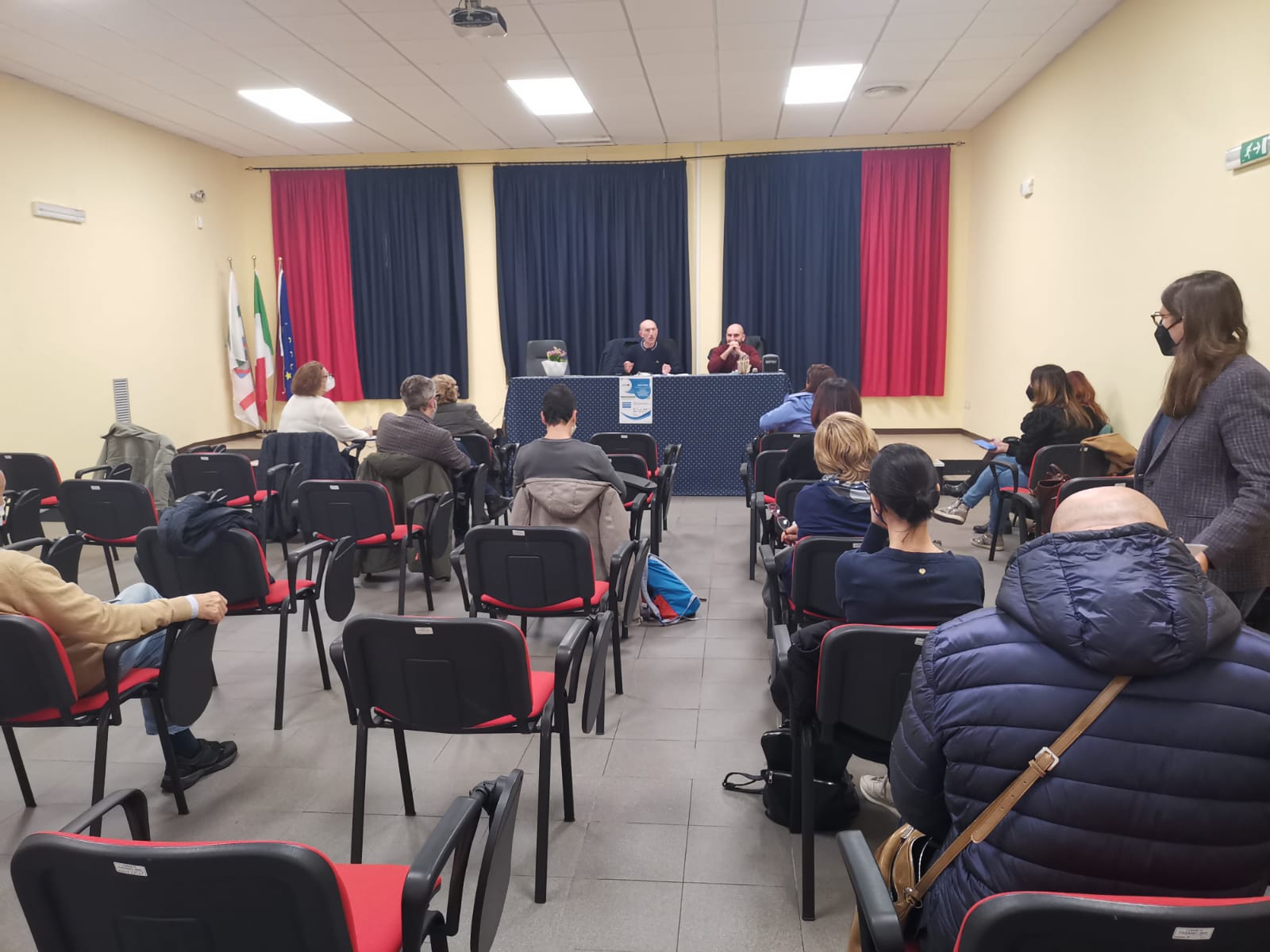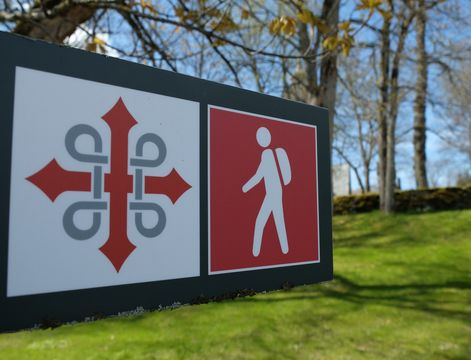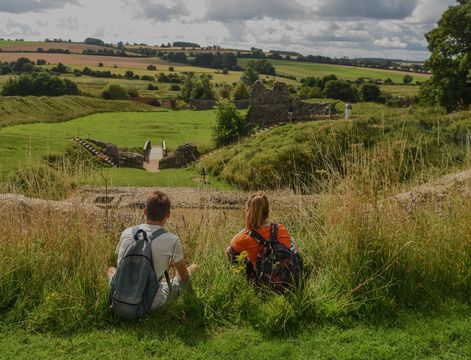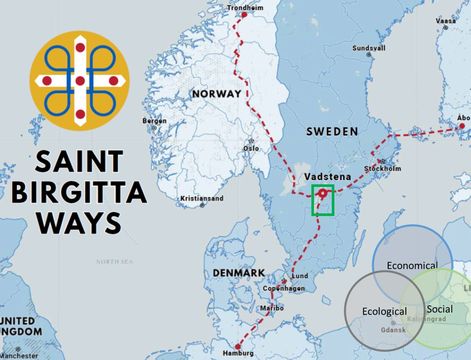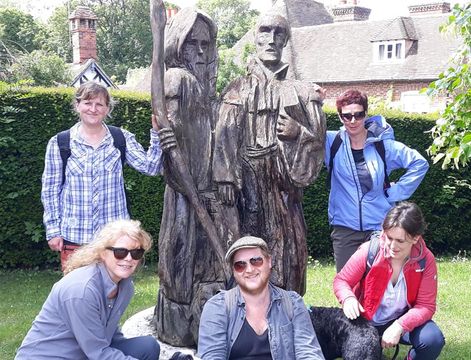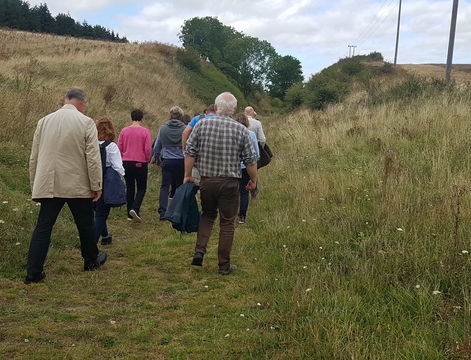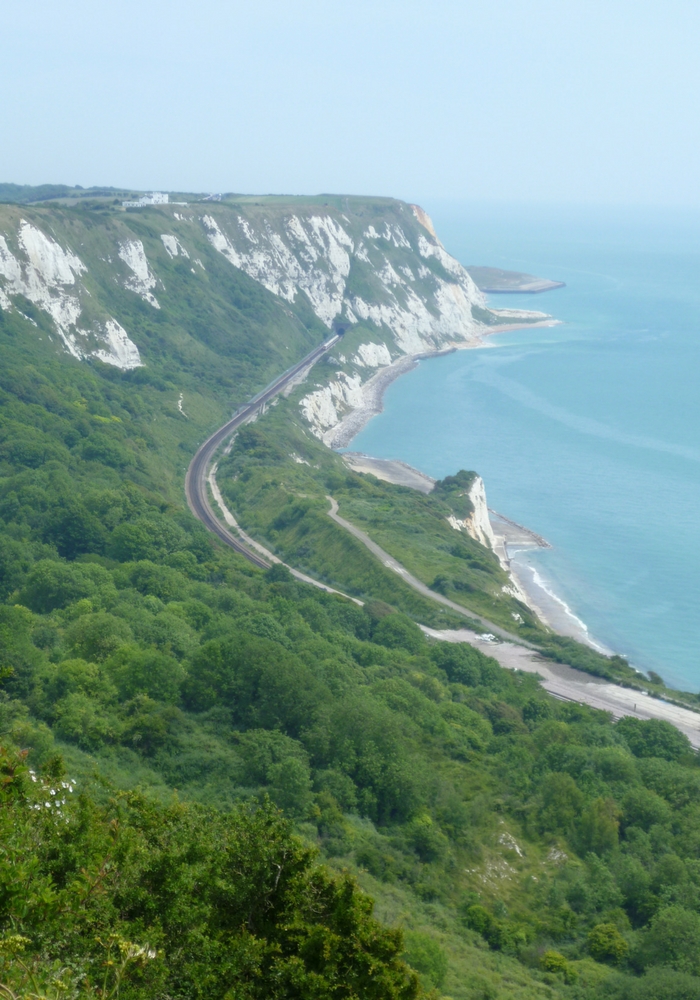The Green Pilgrimage Conference highlights the positive impact of ‘green’ pilgrimage for Europe.
‘Pilgrimage has the power to make a significant positive impact in Europe and the wider global environment.’ That was the message to faith representatives, local businesses and policy makers at the launch of a major new European Union funded project to promote green pilgrimage which took place in Canterbury this week (15 to 19 May).
Pilgrimage is a growing industry. According to the United Nations World Tourism Organisation, more than 330 million people – a third of tourists worldwide - are going on pilgrimage each year to key religious sites around the world. In the UK, Scotland in particular has seen a significant upward trend in faith tourism, with Visit Scotland reporting that it is their fastest growing market, with 2 million overseas visitors sharing in worship each year.
How to harness the positive potential of this growth was the focus of conversation at the conference. Experts shared their experience of managing pilgrim destinations and routes across Europe in more sustainable and environmentally friendly ways. They highlighted the benefits this brought to local people, such as the growth of local economies, the protection of local landscapes, as well as local cultures and traditions.
A study visit to the Roman Catholic Shrine of St. Augustine in Ramsgate gave delegates the chance to hear how they have been developing the pilgrim experience to the shrine through the creation of interesting and novel partnerships. This includes working with other Christian organisations like Canterbury Diocese and Canterbury Cathedral, as well as local businesses like Canoe Wild and Champing.co.uk to establish the Way of St. Augustine – a route that can be travelled on foot or by boat between Canterbury and Ramsgate.
Primarily held in the precincts of Canterbury Cathedral - itself a UNESCO World Heritage site and pilgrim destination - the conference marks the start of the 5-year Interreg Europe Green Pilgrimage Project. Its aim is to promote awareness and growth of ‘green pilgrimage’ in Europe and will eventually lead to the creation of practical projects that will help develop and support pilgrim pathways in regions like Kent.
The conference was organised by the Church of England’s Diocese of Canterbury who are partners in the project along with Kent County Council and pilgrimage places from Norway, Italy, Romania and Sweden. Speaking at the conference, Rt Rev Trevor Willmott the Bishop of Dover said that the renewed interest in pilgrimage by people of faith and none is to be welcomed:
“Pilgrimage is not just about getting from A to B, but about the invitation to accept encounters; encounters with oneself, with others, with God and with the environment. Kent is blessed with many ancient pilgrim pathways, some better known than others. This projects presents an exciting opportunity to work together to develop pilgrimage that emphasises the ‘green’ values of care for the environment, engagement with local products and services, and tolerance through welcome and hospitality; values so important in these uncertain times.”
Catherine Brady, European and Project Development Manager for the Kent Downs Area of Outstanding Natural Beauty at Kent County Council, and Co-ordinator of the Interreg Europe Green Pilgrimage Project said that pilgrimage presented a real opportunity for Kent:
“We hope that religious groups, Kent businesses and local policy makers have been suitably inspired by the conference as to the environmental, economic, spiritual and well-being benefits offered by pilgrimage and long distance walking. As the project progresses, we look forward to sharing our vision to seek further funding to invest in the physical routes themselves, to improve signage, and to support rural churches and businesses who want to provide services for the growing number of pilgrims coming to Kent and the UK in general.”




